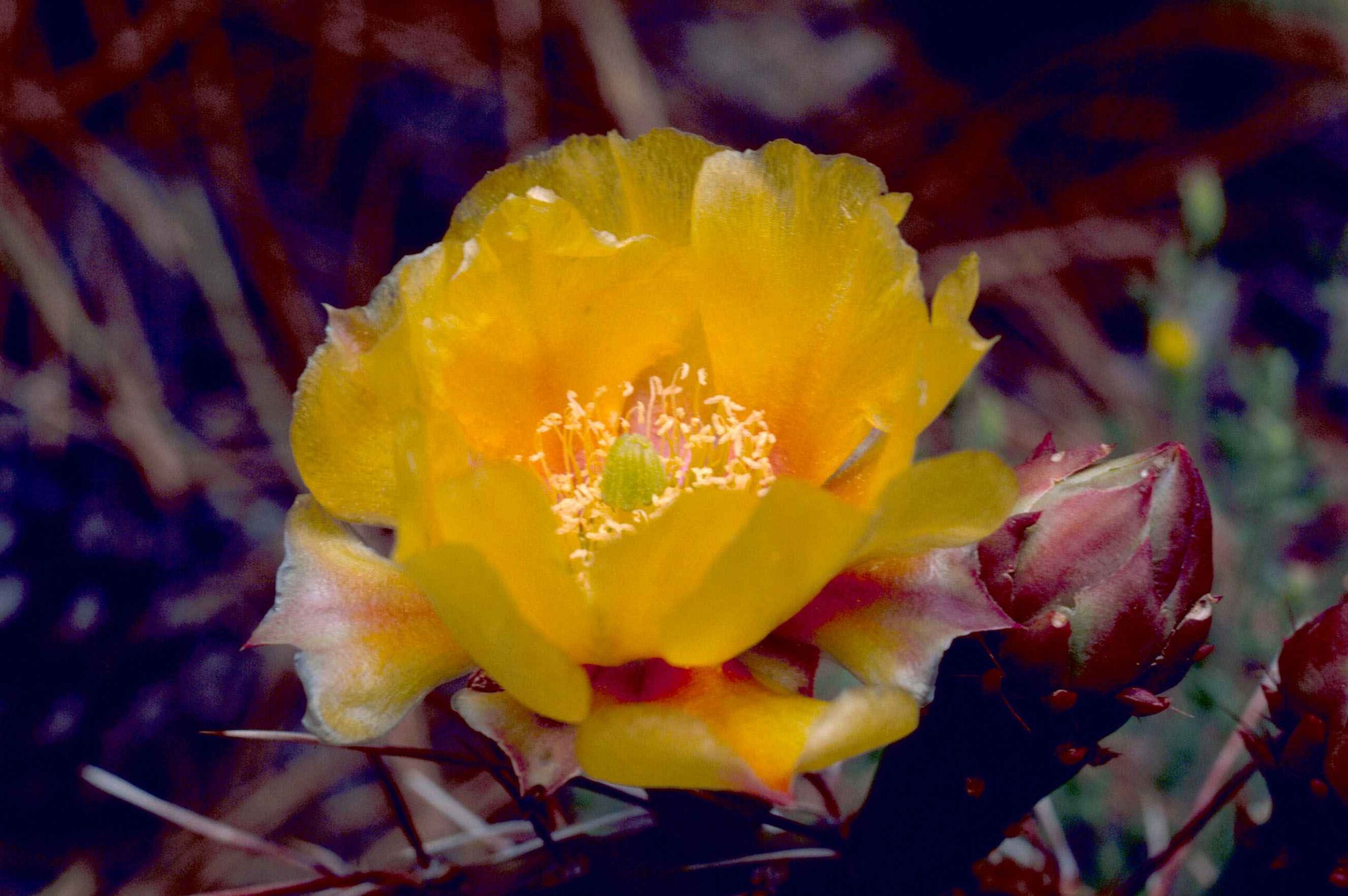Among the diverse tapestry of the cactus family, those adorned with yellow blossoms stand out like radiant suns adorning a barren landscape. The juxtaposition of their striking golden hues against the stark, rough textures of their green and gray bodies creates an enchanting visual paradise. Cactus plants with yellow flowers have evolved over millennia to thrive in some of the most arid conditions on Earth. This article explores the captivating varieties of these cacti, delving into their allure, care, and the enchanting role they play in their natural habitats.
With their ability to flourish in extreme conditions, cacti symbolize resilience and endurance. In a world that often seems to take more than it gives, these remarkable plants shine forth as beacons of beauty and strength. Among them, yellow-flowering cacti particularly captivate the eye, embodying the essence of hope and warmth. Let us explore the various species of yellow-blooming cacti that create stunning visuals in gardens and landscapes.
Golden Barrel Cactus
The Golden Barrel Cactus, scientifically known as Echinocactus grusonii, is one of the most iconic yellow-flowering cacti. This spiny orb, adorned with thick, golden spines that shimmer like sunlight, reaches heights of up to three feet. During the flowering season, it unfurls vibrant yellow flowers that emerge from the crown of the cactus, creating a spectacle that draws the admiration of all who encounter it. These blossoms are not only visually striking; they serve a critical role in the plant’s reproductive process.
In cultivation, the Golden Barrel Cactus is ideal for rock gardens and desert landscapes. It thrives in full sun and requires minimal watering. With a reputation for being low-maintenance, this cactus acts as a wonderful introductory plant for succulent enthusiasts. It’s a brilliant reminder of how nature’s simplicity often encapsulates profound beauty.
Coryphantha—The Cactus That Blooms Bright
Coryphantha species are often cited as hidden gems in the realm of cacti. With distinctive cylindrical shapes and often heavily spined bodies, these cacti exhibit a unique character. The yellow flowers that bloom from Coryphantha species, such as Coryphantha vivipara, create an exclamation mark in the landscape, beckoning pollinators like moths and bees to join in their floral celebration. These blossoms often emerge in a magnificent burst, resembling a firework display against the rugged terrain.
One of the quintessential charms of Coryphantha is its adaptability. Although it flourishes in harsh, rocky environments and can be found across various regions of North America, its cultivation at home is equally delightful. This type of cactus flourishes in well-draining soil with adequate exposure to sunlight. Keep in mind that a careful balance of water and dryness is essential; overwatering can lead to disastrous results. In calm and composed environments, the alluring yellow flowers of Coryphantha become a majestic crown for this resilient warrior.
The Imposing Echinopsis
When discussing yellow-flowering cacti, one cannot overlook the breathtaking Echinopsis species. Known for their large, cup-shaped flowers, Echinopsis produces blooms that are not only yellow but can also possess intricate patterns and hues that evolve as the flower matures. The blooms last only a day or two, yet this ephemeral beauty encapsulates the idea of fleeting moments and the importance of appreciating what is around us.
Echinopsis cacti are often considered easy to grow, making them popular among horticulturists and casual gardeners alike. With a little care, they can be coaxed into blooming brilliantly during warmer months. As they thrive in well-drained soils, they prefer full sunlight while exhibiting a surprising degree of drought tolerance. These qualities enhance their desirability as ornamental plants that seasonally transition the mundane into the magical.
The Forgotten Charm of Mammillaria
The Mammillaria genus, with its numerous varieties, showcases some of the most intricately organized structures among cacti. Known for their cluster-like formations, these charming cacti often produce yellow flowers on the apex of their bodies. Each bloom stands out like a tiny sun, contributing to the overall crowd of succulence. Certain Mammillaria species, such as Mammillaria blossom, can produce a profusion of blossoms that transforms the entire plant into a rich tapestry of yellow.
These cacti often demand minimal upkeep and prefer well-drained soils, similar to their relatives. Choosing to integrate Mammillaria varieties into your garden creates not just a patch of color, but also a rich tapestry of textures and forms, demonstrating the extraordinary diversity within this plant family. They remind us of life’s vibrant essence and the beauty of flourishing together.
Final Thoughts on Cacti with Yellow Flowers
The fascination with yellow-flowering cacti transcends the mere visual experience. These resilient plants encapsulate stories of survival, endurance, and vibrance even in adversity. Their golden blooms brighten environments, speak to the heart, and invite a sense of wonder. As we admire these ethereal creatures of the desert, we gain insight into the complex interrelationships of the natural world, where each plant plays an essential role in sustaining its ecosystem.
Caring for these cacti fosters a deeper understanding of their needs and the beauty inherent in their existence. As we nurture them, we cultivate not only thriving plants but also appreciation for nature’s artistry. Ultimately, yellow-flowering cacti present a transformative opportunity to enhance any landscape, making them delightful additions to homes, gardens, and hearts alike.





Leave a Comment